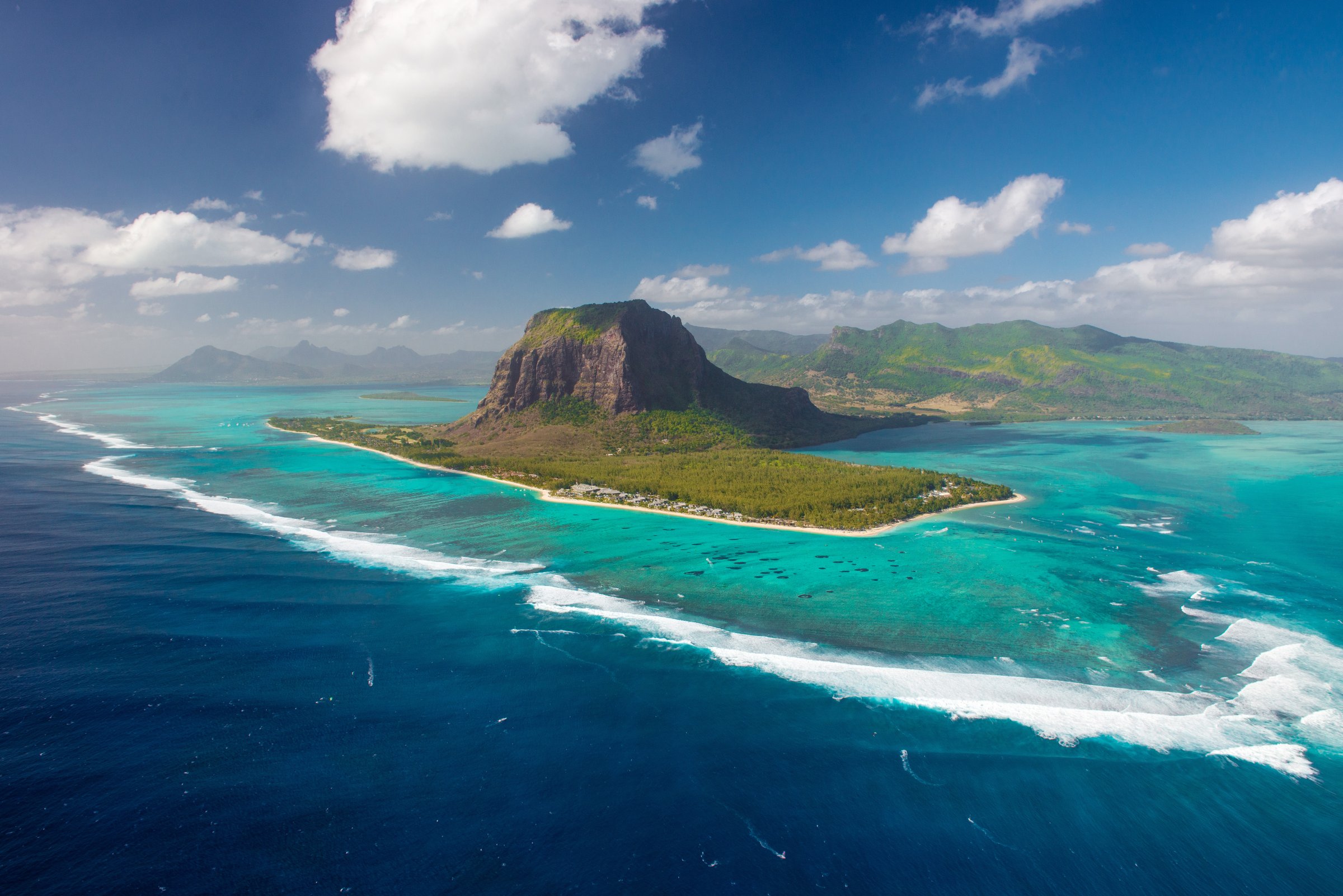
You’re headed out on your next adventure, and you want to come back with lots of great photos. But, camera and lenses aside, what gear should you bring? Personally, I usually say less is more. Keeping your setup simple will keep you focused on photography, not gear, and it’s always nice to pack light.
Still, there’s some photography gear you shouldn’t leave home without. These five accessories were my go-to items during a recent 10-day trip around Iceland. Your loadout may differ depending on where you’re headed, what you’re shooting and what kind of camera you’re using, but consider this a decent jumping-off point.
Travel tripod
Tripods are probably the single most useful photo accessory you can own, helping to capture everything from crisp landscapes to long exposures of the night sky. I use the Manfrotto BeFree, which comes in a more affordable aluminum version and a pricer carbon fiber model. The BeFree weighs a measly three pounds (or less, depending on the model you pick), but it’s sturdy enough to support most camera/lens combos. Another often-recommended model is the Vanguard Alta Pro, which is available for about the same price as the BeFree. Also consider something like the GorillaPod, a super-portable mini-tripod that attaches to fences, trees, and so on.
Remote shutter release
Speaking of crisp landscapes: About $10-15 will net you a remote shutter release, which will let you snap photos without physically touching your camera, thus reducing any blur from camera shake. Alternatively, you can set your camera’s self-timer to something like 2 seconds to achieve the same result. However, if you’re interested in making any very long exposures (for night sky photography, for instance), you’ll probably want a shutter release, which can keep your shutter open for long periods without having to keep your finger on your camera. Here’s the one I use, but you’ll need to be sure to get one that’s compatible with your particular camera.
Extra batteries and memory cards
You’re going to want to make sure you’ve got enough batteries and memory cards for the trip. Bring your charger and top-up your batteries overnight (make sure to bring an adapter if you need one for where you’re traveling.) I usually use these 32GB memory cards, which are big enough to store lots of images but aren’t overwhelming when you’re scrolling through your pictures later. Protip: If you’re out shooting in the cold, keep a couple of extra batteries inside your jacket and close to your body where they’ll stay warm — low temperatures can make batteries drain more quickly.
Cleaning supplies
Nothing can ruin a photo outing like a wet or dirty lens or sensor. Pack plenty of microfiber cloths, lens cleaning solution, a lens pen and a rocket blower. That’ll make sure your epic travel photos aren’t ruined by a spec of dust, dirt or dew.
Neutral Density (ND) filter
ND filters are basically super-dark pieces of glass you stick in front of your lens, allowing you to shoot long exposures even in bright daylight. They’re great for two reasons. First, when used in combination with a tripod, they’re the secret to those milky-smooth waterfall, river and seaside photos you see all over Instagram. Second, and again with a tripod, they can (almost magically) make other tourists disappear from the foreground of your landmark photos. The trick works because people who wander in and out of your long exposure photograph won’t be visible in the final shot — but it won’t help if people are standing still for too long.
Buying an ND filter can be tricky. They come in all manner of different darkness levels, helping landscape photographers get the perfect exposure for a particular shot. But a good starting point is something like this 9-stop filter. Also be sure to get one that matches the filter size of the lens you’d like to use it with.
SD card reader
So you’ve got all these wonderful photos, and you want to get them up on Instagram or Facebook to make all your friends and family jealous of your trip. Your camera might have built-in Wi-Fi or Bluetooth, letting you transfer your images directly to your smartphone for uploading. If not, another great, computer-free solution is an SD card reader that attaches to your phone. Apple makes one for iPhones (though it’s a bit slow), and there are lots of different models available for Android devices.
More Must-Reads from TIME
- Donald Trump Is TIME's 2024 Person of the Year
- Why We Chose Trump as Person of the Year
- Is Intermittent Fasting Good or Bad for You?
- The 100 Must-Read Books of 2024
- The 20 Best Christmas TV Episodes
- Column: If Optimism Feels Ridiculous Now, Try Hope
- The Future of Climate Action Is Trade Policy
- Merle Bombardieri Is Helping People Make the Baby Decision
Contact us at letters@time.com